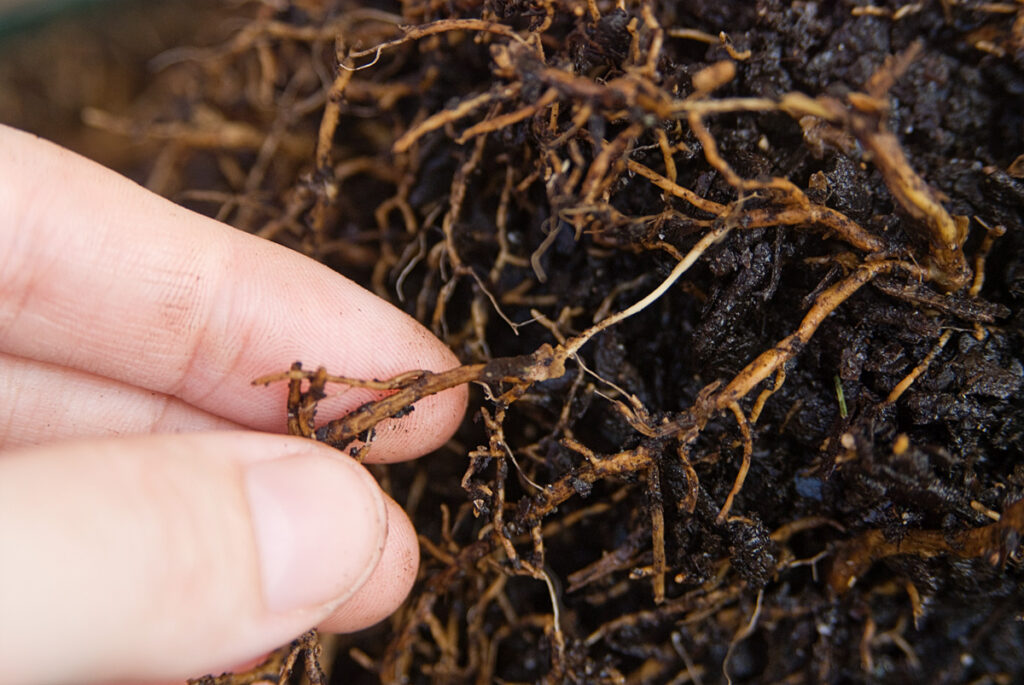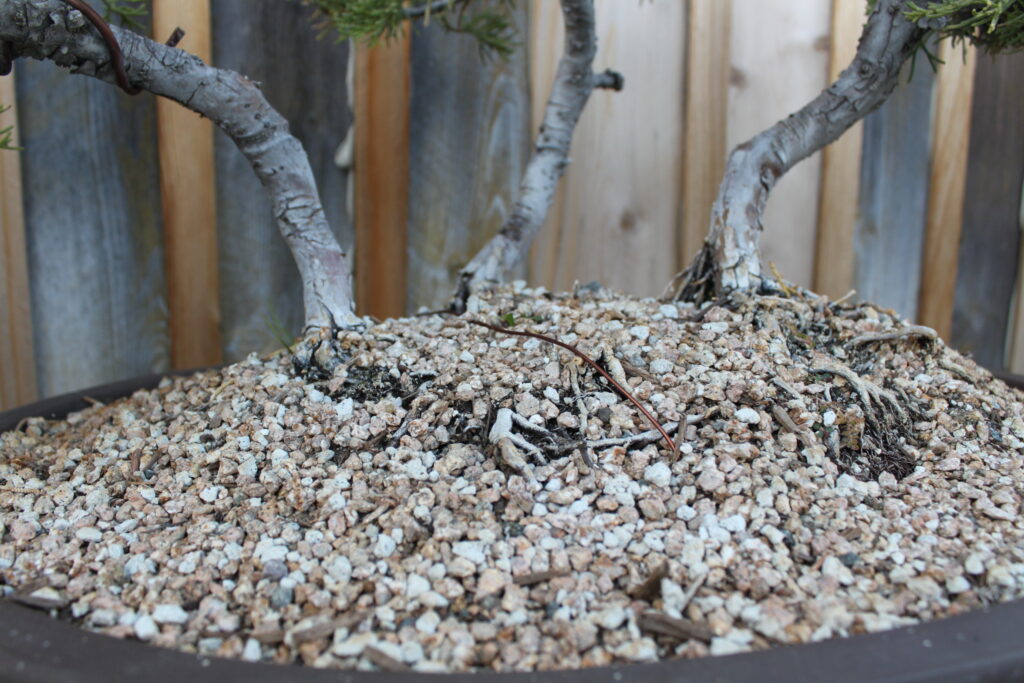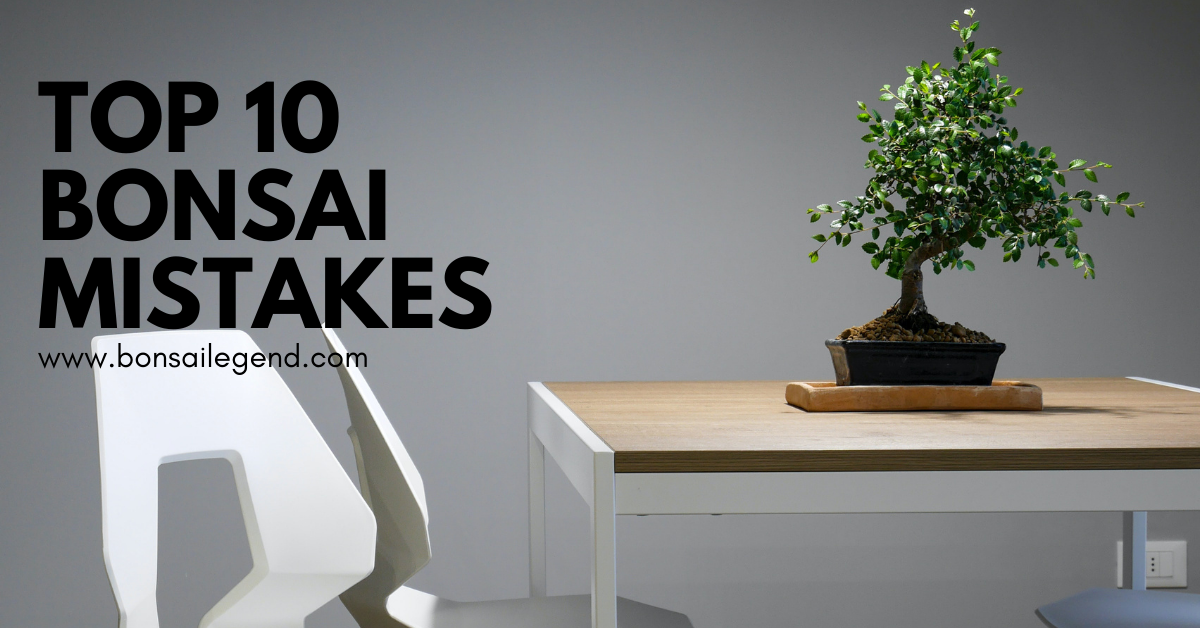With the holidays approaching and the Bonsai being a much-loved gift option we take a look at the Top 10 mistakes Bonsai Beginners and some Enthusiasts are guilty of:

- EXCESSIVE WATERING
One of the most frequent reasons for the death of a Bonsai is excessive watering, we tend to think that more water and more food will be good for the tree but this is not the case.
Possibly if it does not drain well, you will achieve the opposite, that is, waterlogging, root rot, root suffocation, and the death of the tree, due to lack of oxygen in the roots.
You will identify this defect (possibly too late to save it) by slow growth with very long internodes and a light green chlorophyll, which is the pigment of the leaves.
A possible solution for this is emergency transplantation
- LACK OF LIGHT
Also, very common amongst Bonsai beginners is not providing the tree with enough light: it is believed that trees can be kept indoors, like any ornament, without thinking that they are living beings, that they are born and grow in nature and that the interior of our houses is not the right environment for them.
This effect or defect is manifested with a pale colour and long internodes. - OVER PROTECTION
This is very common, in people who have received Bonsai as a gift, or who have seen them and become infatuated with a tree without knowing anything about the species or specific needs. Usually, the only information they have is the booklet that accompanies the tree, which is not always the best advice because the information contained is normally the same regardless of the species.
Knowing that a Bonsai is a tree technically reduced in size but without changing any of its species characteristics, we must know that there are no outdoor and indoor Bonsai, all must go through the stages of the seasons, and they will know how to resist the changes (only some tropical ones, will need a coat in winter, on days of frost or very low temperatures)
- INADEQUATE TREATMENT OF DISEASES
It is very common to cure what we think are pests with advice and things heard or visiting a flower shop and asking for something that we assume they have.
You should know that the most frequent diseases of our trees are due to two causes: PESTS or DISEASES
Pests:
– Arthropods: Yellow and Red Spiders and Mealybugs.
– Worms: Borer Worms, Earthworm, Roundworms, and Defoliator Caterpillars.
– Insects: Ants, Whiteflies, Wooly apple aphids, Green aphid, Grasshoppers and Thrips
– Molluscs: Slugs and Snails
Diseases:
– Fungal Diseases: Wood fungus, Downy mildew, Sooty Mold, Powdery mildew, Root rot or Rust
– Physiological: Air, Humidity, Temperature
– Viruses: Yellowish, Mosaic, and Leaf Curl Virus
For the insects we will use insecticides, for the fungus use fungicide, it will quite often not be the tree that is sick - FREQUENT TRANSPLANTING
As a rule, Bonsai should be transplanted every two years, so that they have time to acclimatize to the new substrate and that the roots occupy all the space, any more than that can damage the tree’s sensitivity.
Try not to transplant (with very rare exceptions) out of season or in these transplants prune the roots too much.

- INADEQUATE SOIL MIXTURE
The soil substrate requires several qualities for it to be a good mix for your bonsai. The substrate must be porous, so that it does not puddle, whilst also having good water retention to supply moisture to the tree during each watering. - EXCESSIVE FERTILIZATION
You have organic and inorganic fertilizers at your disposal, apply what you deem appropriate in each circumstance, but always in the doses set by the manufacturers and specific for Bonsai. Coming up with your own formula without knowing the possible reactions is not recommended. - HOLIDAYS
Together with excessive watering, this is the main cause of Bonsai mortality, you must make sure that your Bonsai is watered in due time and review the automatic irrigation in plenty of time before leaving the house. Or if you are not using automatic irrigation you must leave precise instructions to whoever is left in charge of watering or perhaps best, take your tree to a specialized care centre. - WATERING TOO LITTLE
Certainly, less dangerous than excessive watering it is still not great for your Bonsai. If it has not been too long, it can usually be solved by immersing your tree and poking the earth with a wooden stick to allow easy access for the water and air. - AIR CURRENTS OR EXCESSIVE HEAT
Be careful when choosing the perfect spot and consider the tree’s sensitivities as well as placement amongst your other furniture. Unsuitable places include next to a radiator or near a door or window exposed to drafts.
There are many more causes, but these are the most common. If you need expert help with any of these problems, please contact [email protected]

